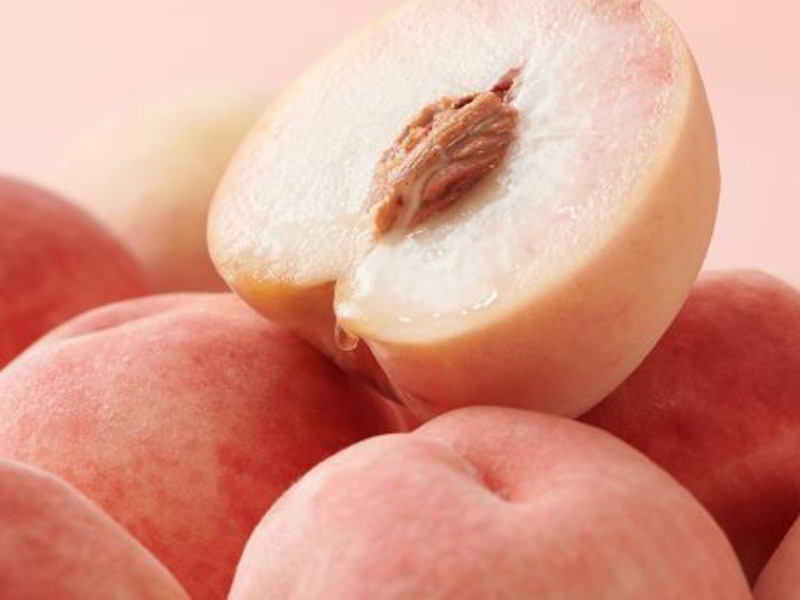 img: i.pinimg
img: i.pinimgAroma Chemicals
Aldehyde c-14 has a sweet peach-apricot scent with creamy, milky nuances, adding juiciness and gourmand warmth to perfumes.
Odor Strength
High
Odor Type
Fruity
How perfumers typically use Aldehyde C-14 (Gamma-Undecalactone) in their compositions.
47 formulas
24 formulas
24 formulas
22 formulas
8 formulas
4 formulas
Fragrance styles and categories where Aldehyde C-14 (Gamma-Undecalactone) appears most often.
29 formulas
25 formulas
15 formulas
5 formulas
4 formulas
Mosciano, Gerard P&F 23, No. 2, 43, (1998): Creamy, fatty, fruity, coconut, peach, iactonic, ketonic and fruity
Luebke, William tgsc, (1981): Fruity peach creamy fatty lactonic apricot ketonic coconut
Moellhausen: Peach;
IFF: Sweet, fruity, peach-like
Symrise: Strong, fruity like peach and apricot
IFF: Creamy, fruity, peach, coconut, lactonic
Pell Wall Perfumes: Fruity-peach, creamy, fatty, lactonic, powerful
Arctander has quite a bit to say about gamma-undecalactone, including: “this material is widely used, although in minute amounts, in perfume compositions. in order of frequency in use, it ranks very high among the materials on the perfumer’s shelf. but it is not the kind of material ordinarily sold in drum-lots. however, after the success of a new perfume (type) in the 1950s, the title material had a further increase in popularity, when numerous perfumers used it at unusually high levels along with new non-nitro musk chemicals, in order to duplicate part of the new note in the successful perfume. the author has yet to see a duplication which sells better than the original (in perfumes), but it must be admitted that undecalactone drew benefit from this popularity. lt blends excellently with nonalactone in gardenia and tuberose, and in many versions of lilac bases. it extends the depth of an orangeblossom often too harsh with conventional materials, and it is a frequent component of honeysuckle, etc. concentrations far below 1% are effective, and it is at times possible to ruin a fragrance with 0.1 or 0.2% of the title material, just as well as it is possible to double the floral sweetness and depth of another fragrance with that amount of undecalactone. the material was originally used in violet perfumes, so popular at the time of discovery of this lactone (about 1900). but its most important use today is in flavors, primarily in imitation peach, but also in many fruity types, often as a fixative for the very volatile fruit esters.”
Bedoukian Research: A fruity, peachy character with a melon rind undertone
Blends well with isoeugenyl acetate, dimethyl benzyl carbinol, cocodescol, madescol and gamma nonalactone.
 img: i.pinimg
img: i.pinimg